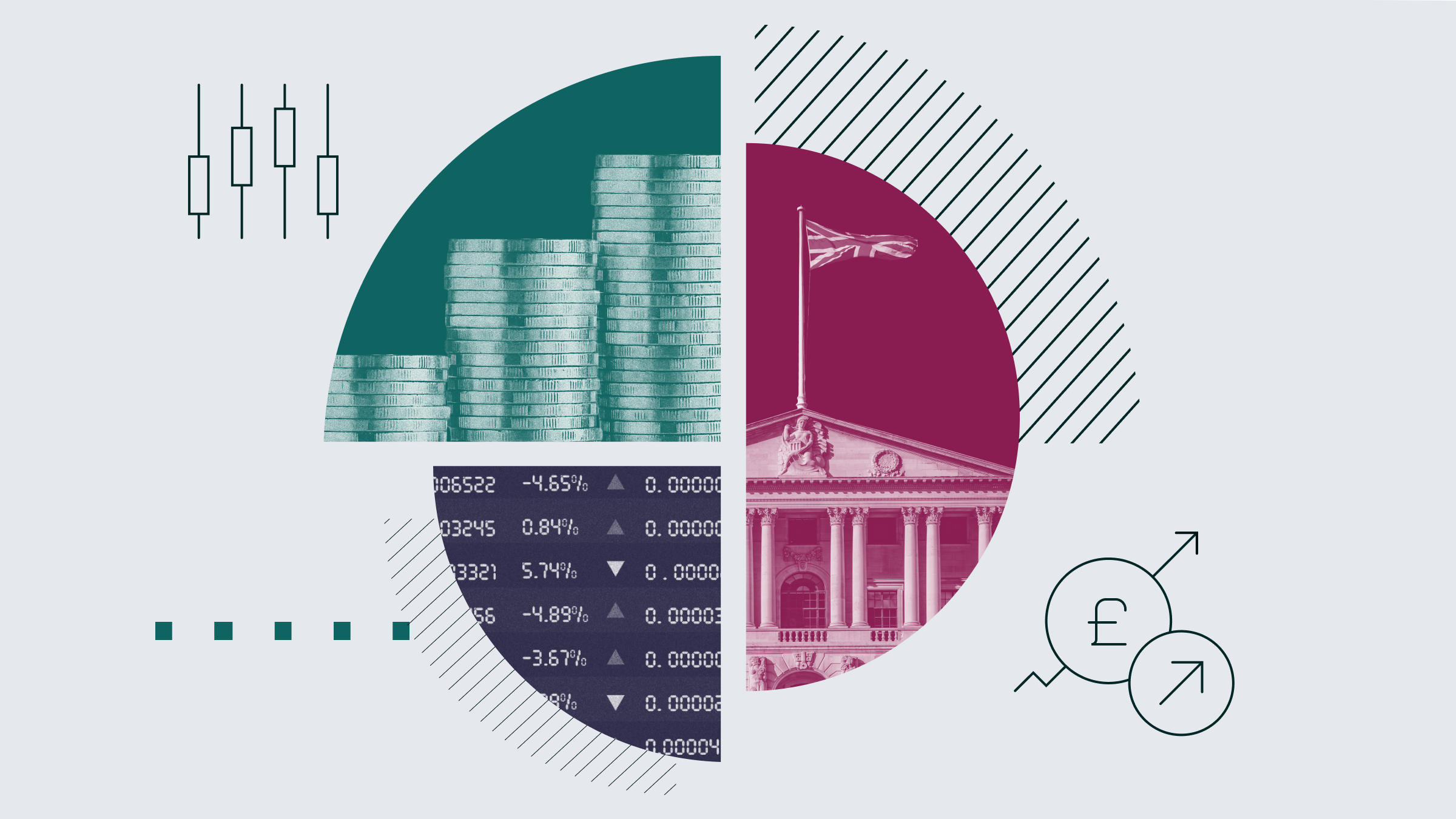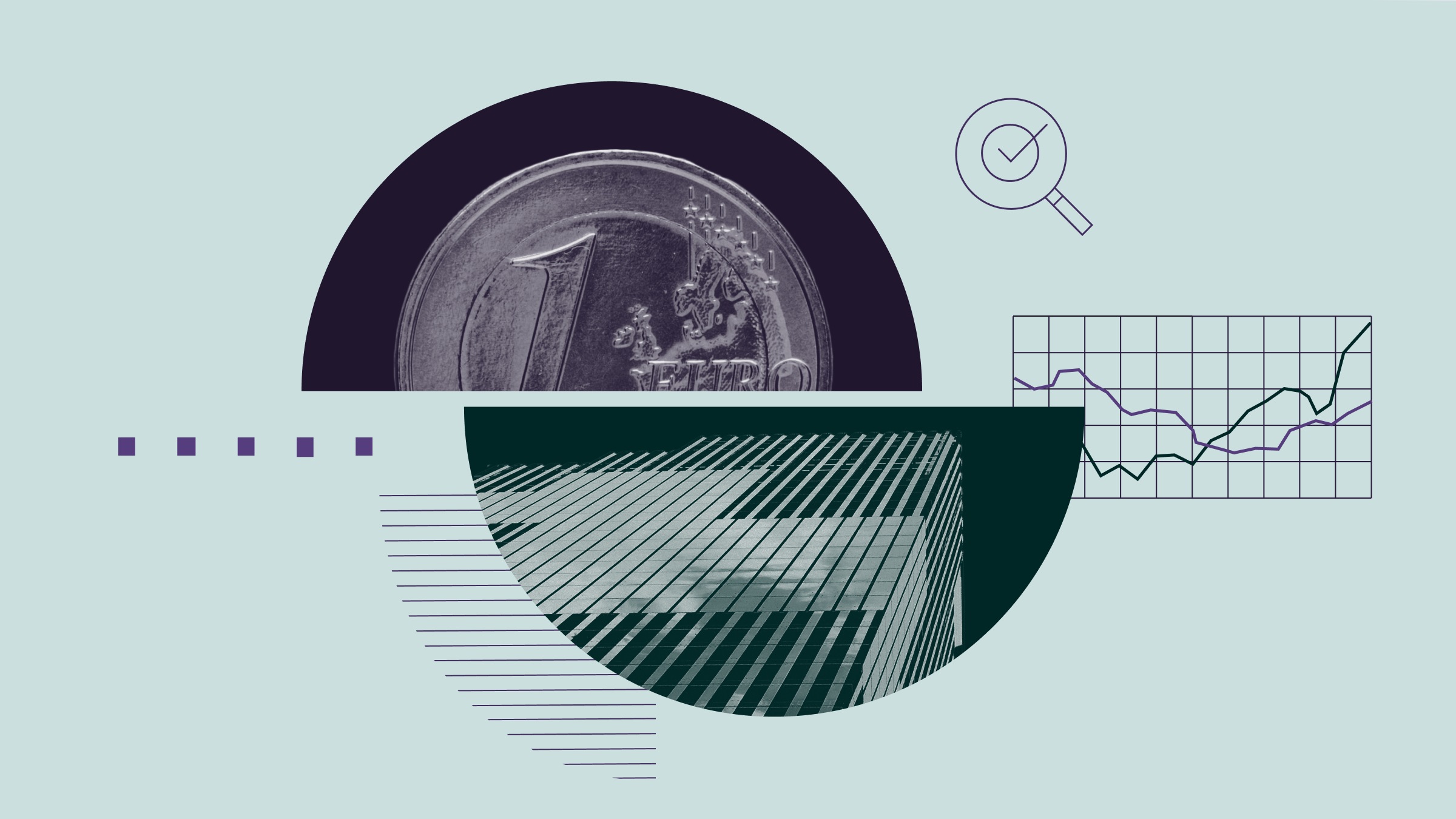
The single biggest attraction of saving into a pension is the way your money is treated by the taxman. Why is the government so generous when it comes to pensions, and more importantly how does the tax work, both when you make a contribution and when you eventually access your nest egg?
The government has a vested interest in encouraging people to take financial responsibility for their retirement years rather than relying on the state. So, as an incentive to save for the very long term and to help their wealth grow faster, HMRC has made saving into a pension the most tax-efficient way of building wealth.
In essence, this means that when you pay into a pension, whether it’s into your workplace scheme, or a SIPP or other personal pension, the taxman adds a top-up in the form of tax relief on your contributions at your highest rate of tax.
How Tax Relief Works
Everyone is entitled to 20% tax relief on pension contributions. This happens automatically “at source”, no matter what your tax bracket. In some cases your employer simply makes the full payment into your pension from your gross paycheck (before tax). In others (including all personal pensions), your contributions are made net of tax and the pension provider reclaims 20% from HMRC and adds it to your pot.
So if you are a basic rate taxpayer and want to make sure your pension pot grows by say £200 a month, you will only need to contribute £160, with tax relief at source accounting for the £40 balance. As a 20% taxpayer you don’t need to take any other action.
Even if you’re on a very low wage (less than the tax-free personal allowance of £12,570 for the 2021/22 tax year) or not earning anything at all, and therefore not paying any tax, you’ll still automatically receive tax relief at the basic rate. Non-earners, including children, can contribute up to £3,600 gross into a pension each tax year, with £2,880 coming from them and the balance of £720 coming from the taxman.
If you’re a 40% (higher rate) or 45% (additional rate) taxpayer, you can claim back the extra tax – a further 20% or 25% respectively – paid on your contributions through your annual self-assessment form, though it won’t be paid directly into your pension pot.
So the £200 monthly contribution would cost a higher rate taxpayer only £120, with £40 tax relief at source and a further £40 claimed back through the self-assessment form. An additional rate taxpayer would pay only £110, reclaiming £50.
Carry Forward
Unsurprisingly, there is a cap to the amount you can pay into a pension with tax relief. You can’t contribute more than more than the annual allowance of £40,000 in a tax year, or 100% of your annual earnings – whichever is the lower amount.
However, under the “carry forward” rules, if you have a larger sum (an inheritance, perhaps) that you’d like to put into your pension, you’re allowed to make use of unused annual allowance from the previous three tax years.
Thus, if you had only contributed say £10,000 in each of the past three tax years, you could pay in £130,000 (£30,000 x 3 plus £40,000) this year and claim full tax relief – provided, of course, that you earn at least that amount in this tax year.
Once the money is in the pension and invested in your chosen funds it grows free of tax, ideally for several decades, until retirement is a reality and you need to withdraw your cash. So what happens on the tax front when you finally come to take money out of your pension?
As mentioned earlier, you cannot touch it until you reach 55, but after that point you can access it freely, even if you’re still employed.
Annual Allowance Shrinks
Given that you may need to fund 30 or 40 years of retirement from your pension fund, it’s usually best to wait until you are either fully or partially retired. Having said that, there is the option to dip into it before then if necessary – for example, to bridge an income gap if you lose your job but want to keep working.
Be warned, though: once you have started to take taxable income from a pension, your annual allowance is slashed from £40,000 to just £4,000 – making it much harder to rebuild your fund if you’ve had to dip into it to tide you through temporary financial difficulties but subsequently return to work.
When you do draw on your pension, the tax situation is again in your favour. First, everyone is allowed to take 25% tax-free, as one lump sum or a series of smaller ones.
The remaining pension is taxed as income in the same way as any other earnings you may still have. This can work in your favour once you stop working, because most people retire on less than they earned, and many higher or additional rate taxpayers therefore find themselves in a lower tax bracket in retirement.
However, if you take too much from a pension (or cash in an entire pension) in a single tax year and it pushes you into a higher tax bracket, you could find yourself facing an unexpectedly large bill from HMRC down the line.
If retirement is approaching and you’re wondering how best to draw your pension, it makes a lot of sense to take independent advice or get in touch with Pension Wise, the free government guidance service. They will be able to give you impartial advice about your pension options.




























